Jaw cysts
Jaw cyst is a cavitary lesion in the jaw area. There are several types of it, and each requires an individual approach in treatment. Symptoms of the cysts over and under the jaw are worth knowing to seek qualified medical assistance timely and avoid dangerous complications.
Types of formations
- Primordial cyst is located in the lower jaw on the place of growth of a so-called third molar, may be unicameral and bicameral, and is notable for the high risk of recurrences; it can occur again after removal due to tissue traumatization in the process of a surgery;
- follicular cyst is formed if there are teeth in the jaw that have not been able to cut and are located in the area of growth of upper and lower eye teeth;
- radicular cyst of the upper jaw is diagnosed more often, forms closely at the dental root, provokes the progression of an inflammatory process, and in some cases is a cause of maxillary sinusitis (inflammation in maxillary sinuses).
All the cysts mentioned above belong to the group of odontogenic cysts. It means that they have developed directly of dental tissues.
Jaw cyst classification assists in defining the treatment, anticipating possible complications and taking a number of preventive measures.
Bone cysts of the jaw that are dangerous and may develop into osteomyelitis (destructive inflammation of bone tissues and bone marrow) are distinguished separately.
How a jaw cyst is manifested
The absence of the clinical picture for a long time is typical for this pathogenic process: a patient does not feel any discomfort, his/her general condition is within normal limits. However, as the cyst is developing, a patient has the following complaints:
- presence of a tumor, a bulge inside the oral cavity;
- periodical pain when chewing;
- pulsing sensation on the formation place.
Sometimes the signs of osteomyelitis may manifest, but only in case the disease has not been treated for a long time.
Diagnostic procedures
Determination of the diagnosis should not pose a problem, as a dentist can detect the presence of a formation during an oral cavity check-up. Diagnostics of bone cysts often requires an additional examination, and X-ray is the most informative option.
A doctor may prescribe tomography as a diagnostic procedure. It will help to determine the exact size of the cyst, its location, existence of an inflammatory process.
Specialists immediately define the origin of bones within the diagnostic process. For example, a bone cyst in the jaw may be caused by an inflammatory process in the peri-osteum that can begin after an injury.
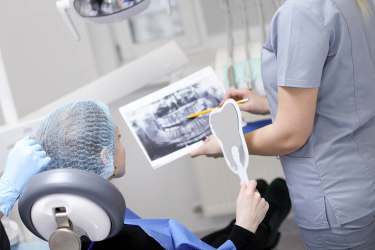
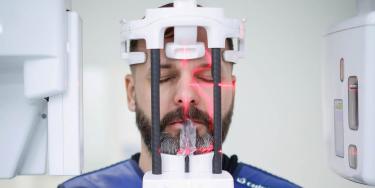

Treatment of a cyst in upper and lower jaw
Any formations are subjects to removal. Odontogenic jaw cysts in children may be treated with a normal cut after which the formation becomes flat and disappears. The same method can be applied for the treatment of adults, however, there is a possibility of frequent recurrences.
The treatment of a cyst of the lower jaw is often performed applying opening and removal of the cyst content. The approach is advisable only if the teeth are not damaged. There is no clinical picture in case of the cyst development, and patients seek medical advice late, and it may result in complete losing of functionality of the teeth located close to the bone and in their loss. If this is the case, a surgical intervention is performed for complete removal of the formation. A person may require the orthopedist's help after the removal of a non-odontogenic cyst.
If large cysts have been diagnosed, doctors perform several procedures at a time: remove formations, set a drainage system to evacuate the content. If a radicular cyst of the upper jaw in an advanced state has been diagnosed, a dentist and an ENT specialist perform the treatment simultaneously, as there is a high risk of the development of maxillary sinusitis with complications.
A surgery for the removal of a follicular cyst is performed only if there are affected teeth. In case a patient comes to a dentist at an early stage, a medical treatment may be prescribed:
- the dental canal is cleansed with specialized medical solutions;
- medications capable of destroying the formations are injected into the canal.
If a doctor makes sure that the cyst is eliminated, dental canals are cemented. Such a treatment can be applied if cyst dimensions do not exceed 8 mm in diameter.
Why jaw cysts are dangerous
The disease may not bother a person for a long time even if it is developing. However, it is a serious threat to the patient’s health. You should know why the cyst of the upper jaw is dangerous.
Cysts may provoke the following:
- formation of foci of purulent inflammation;
- jaw fracture;
- blood infection;
- inflammation of the periosteum and bone;
- purulent inflammation of the soft tissues of the face.
Consequences of a cyst in the maxillary sinus cavity may be even more dangerous, as the cells progress and become malignant. Of course, it does not happen all the time, and a person can live with a cyst without any critical consequences. However, risk should be taken into account.
Consequences of a cyst in the maxillary sinus cavity may be even more dangerous, as the cells progress and become malignant. Of course, it does not happen all the time, and a person can live with a cyst without any critical consequences. However, risk should be taken into account.
The following preventive measures have to be taken to avoid the problem:
- undertake hygienic procedures in the oral cavity daily;
- visit a dentist once in 6 months or on a more frequent basis for a preventive check-up;
- seek medical assistance in case of any uncomfortable feeling in the mouth.
You can find more detailed information on the oral cavity health, on the procedure of removal of the residual bone of the jaw, and on special characteristics of the recovery period on the pages of our website.
Article author: Sergey Tereshchuk
Publication date: 24.07.2020
Our advantages
Our doctors
Our clinics
ISO certificates

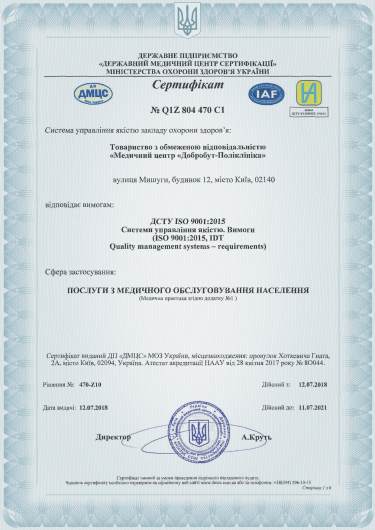
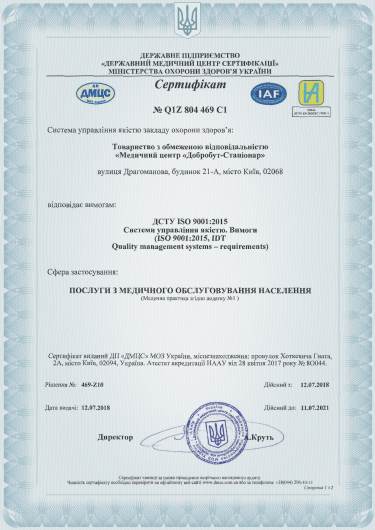
Accreditation certificates
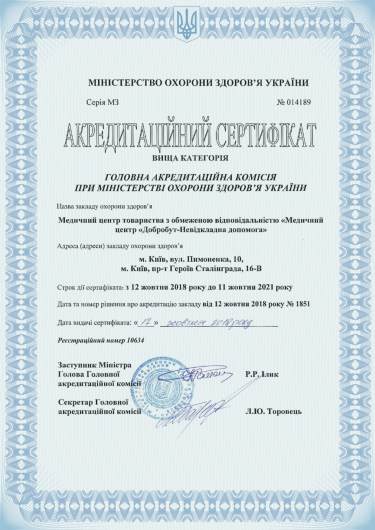
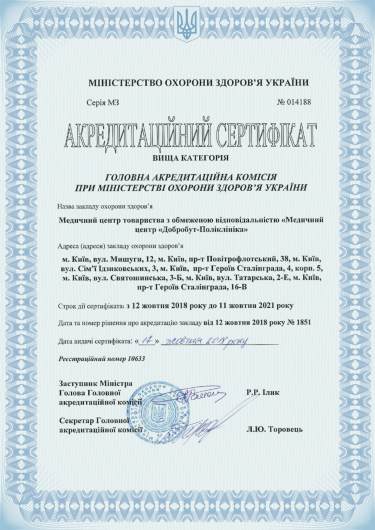
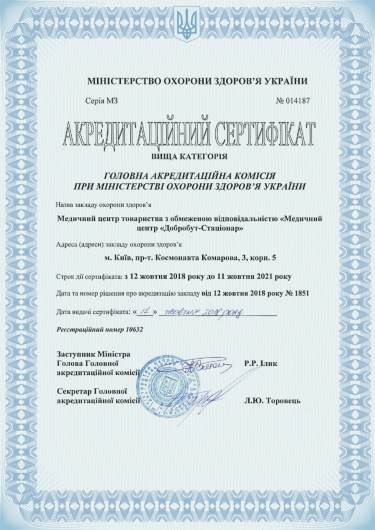
Medical practice licenses
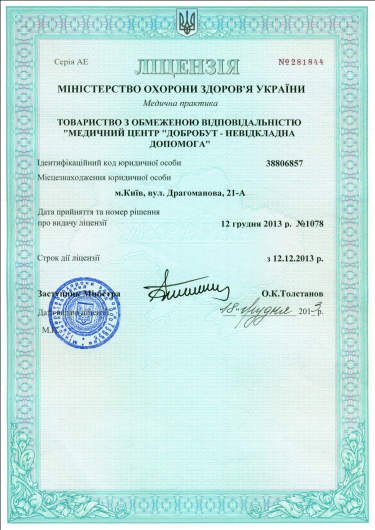
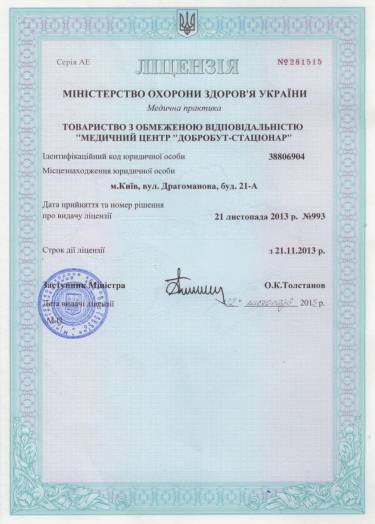
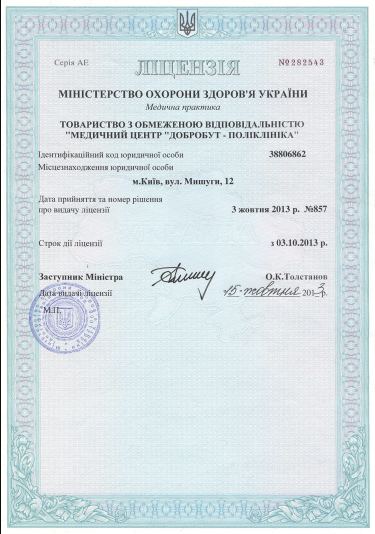








%402x.png)
%402x.png)
